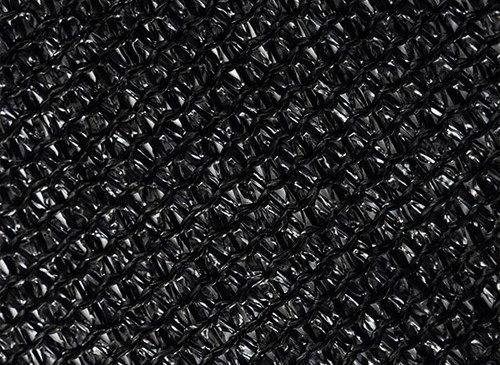Shade Net for Greenhouse has become a vital component in modern greenhouse management, a fabric that shapes microclimates, protects crops, and drives industrial efficiency. From a factory perspective, producing high-performance shade nets is a balance of precision, material science, and workflow optimization, transforming simple threads into a tool that controls sunlight, temperature, and airflow. Every roll of net reflects careful calibration, from thread density to mesh alignment, ensuring uniform shading and long-term durability. Factories analyze tensile strength, UV resistance, and color reflectivity to deliver nets that perform consistently across seasons, turning ordinary textiles into essential instruments for optimizing growth and energy efficiency within controlled agricultural environments.

Streamlining Factory Production
Factories now treat shade net production as a science of speed and consistency. Automated looms run at high speeds, yet maintain tight tolerances in density and mesh spacing. Efficiency gains are measured in reduced material waste, faster roll output, and fewer defective sections. Reports indicate that production adjustments can lower scrap rates by up to 15 %, while denser nets improve shading uniformity by 10 % to 12 %. How does the factory ensure every square meter meets specifications? Through careful calibration of weaving tension, inspection loops, and quality control checkpoints. Each roll is a result of a carefully choreographed production process, where speed meets precision.
Enhancing Quality and User Experience
A shade net is only as valuable as its durability and performance in real-world conditions. UV-stabilized HDPE and reinforced stitching enhance longevity, while consistent shade percentage ensures crops receive the right balance of sunlight. Greenhouse operators report that 60 % to 75 % shading often maximizes growth while minimizing water loss. Factory-level innovations, like precise eyelet placement and modular roll lengths, simplify installation and reduce labor time. In essence, factory engineering turns a simple net into a sophisticated tool for crop management.
Material Selection and Performance Comparisons
Not all shade nets are created equal. Polyethylene is flexible and cost-effective, polypropylene offers high tensile strength, and polyester can handle weather conditions. Different crops demand different shading: leafy greens thrive under 50 %–60 % shade, while delicate flowers benefit from 70 %–85 %. Factory managers compare mesh density, thread thickness, and color to optimize both performance and cost. Light-colored nets reflect heat, reducing peak temperatures, while darker nets offer stronger sunlight blocking but slightly reduce ventilation. This careful balancing act ensures growers achieve high efficiency without compromising plant health.
Factory Innovations Driving Better Results
Modern factories integrate automated inspection, color consistency checks, and stress testing to reduce defects below 2 %. Innovations such as reinforced edge panels, anti-sag structures, and optimized roll packaging improve handling and longevity. Can a simple net transform a greenhouse into a high-efficiency ecosystem? In industrial terms, the answer is yes—every technical adjustment in weaving, material selection, or tension calibration directly impacts internal climate control and crop output. Factories are evolving to provide customizable shade nets tailored to diverse crop requirements, climate conditions, and installation preferences.
Conclusion
High-quality Shade Net for Greenhouse production at factory scale is reshaping controlled-environment agriculture. From optimizing material usage and weaving precision to monitoring shading efficiency and durability, factories are producing nets that enhance crop yield, save energy, and simplify greenhouse operations. Industrial innovation continues to refine every aspect of production, turning a seemingly simple textile into a cornerstone of sustainable, high-performance agriculture. The future of greenhouse shading is not just about covering crops—it is about controlling microclimates with intelligence, precision, and reliability.



 英语
英语 西班牙语
西班牙语










